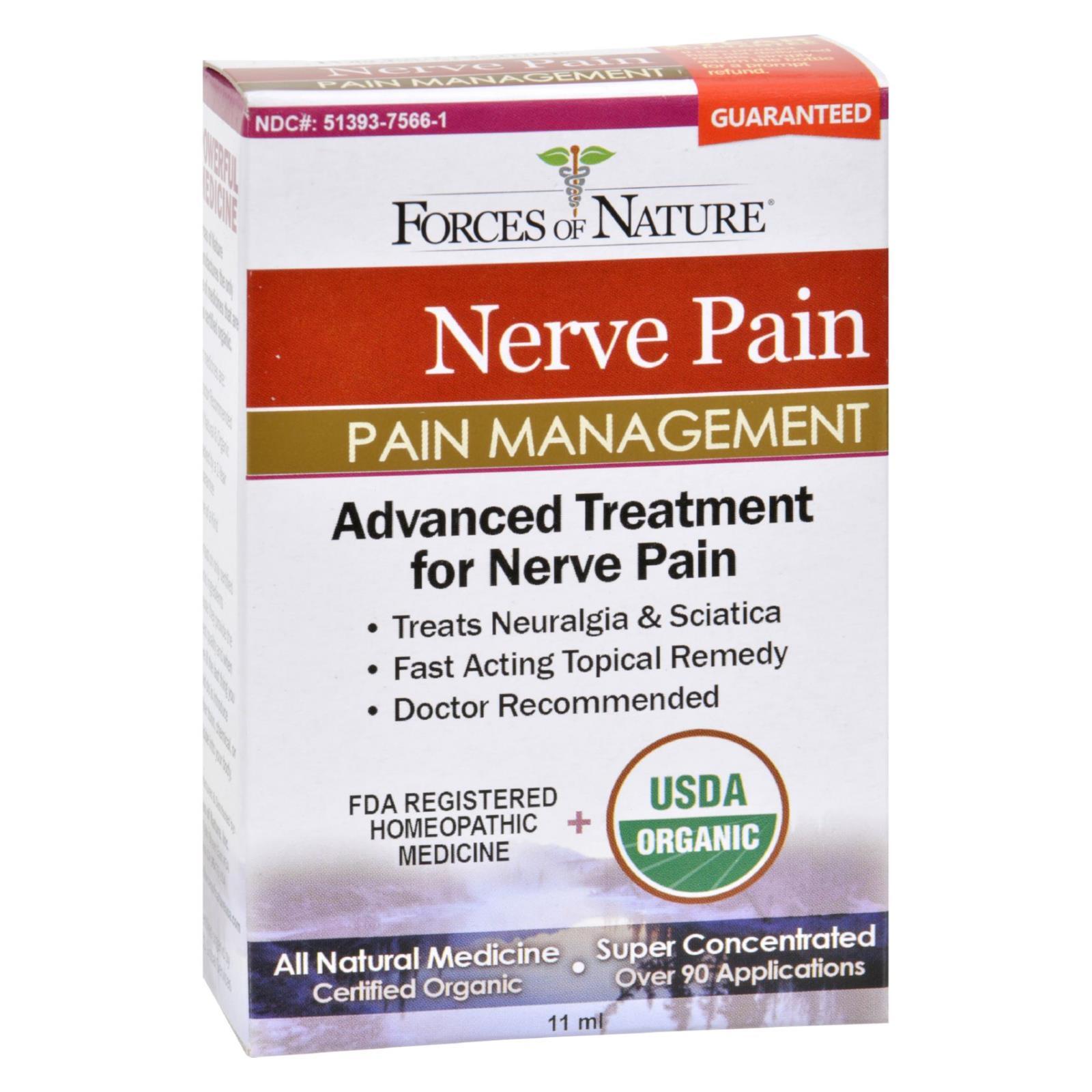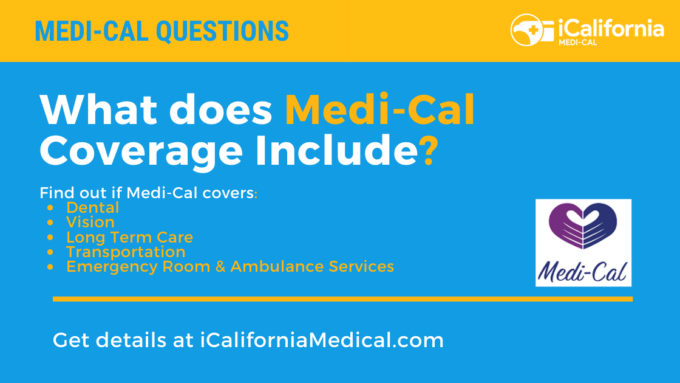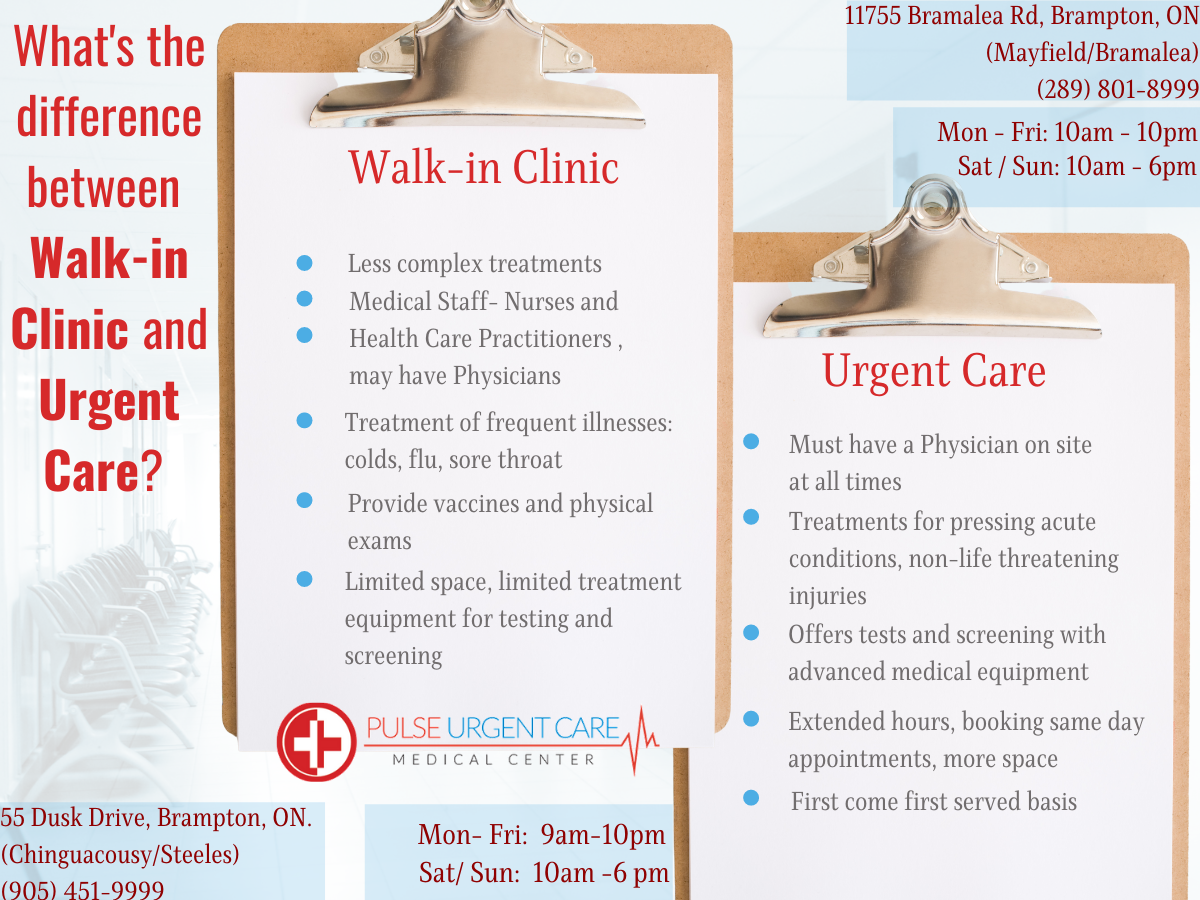Summary:
When it comes to long-term pain management, it is crucial to prioritize safety in finding the most suitable pain medication. Several factors determine the safest choice, including potential side effects and risk of dependency. In this article, we explore some of the safest pain medications for long-term use.
Nonsteroidal anti-inflammatory drugs (NSAIDs) are commonly used for chronic pain management. Medications like ibuprofen and naproxen sodium help reduce inflammation and alleviate pain. However, long-term use of NSAIDs may lead to stomach ulcers, kidney problems, and an increased risk of heart attack or stroke. As such, medical supervision and appropriate dosage monitoring are vital.
Acetaminophen, also known as paracetamol, is frequently recommended for long-term pain relief. It is generally safe when used according to the recommended dosage. However, exceeding the daily limit can cause liver damage. Consultation with a healthcare professional is recommended for prolonged use.
Tricyclic antidepressants (TCAs) have also shown efficacy in managing chronic pain conditions by altering pain perception. Amitriptyline and nortriptyline are commonly prescribed TCAs. While effective, they may cause side effects such as drowsiness, dry mouth, and constipation. Close monitoring and adjustments in dosage are necessary to minimize these effects.
Anticonvulsant medications like gabapentin and pregabalin are increasingly used for chronic pain management. They work by reducing abnormal nerve firing, providing relief for neuropathic pain. These medications may cause dizziness, drowsiness, and weight gain. Regular monitoring and dose adjustments can help mitigate these side effects.
Opioids, such as morphine and oxycodone, are potent pain relievers. However, due to their high risk of dependency and abuse potential, they should only be considered when other options prove ineffective. If opioids are prescribed, close monitoring is essential, and the lowest effective dose should be targeted to minimize risks.
In conclusion, the safest pain medication for long-term use depends on the individual’s condition and overall health. Each medication has its own benefits and potential risks. Close consultation with a healthcare professional is essential to ensure appropriate medication selection, dosage adjustment, and regular monitoring for optimal pain management while prioritizing safety.
What is the safest pain reliever for seniors?
Acetaminophen: American Geriatrics Society (AGS) recommends acetaminophen as the first-line agent for mild to moderate chronic pain in the elderly [1] due to its favorable safety profile.
What is the best nerve pain medication for the elderly?
Anticonvulsants: Antiepileptic drugs such as carbamazepine, gabapentin, and pregabalin are mainly used for neuropathic pain. In elderly patients with renal impairment, dose adjustment of gabapentin and pregabalin is required. Carbamazepine currently is the first line therapy for neuralgia.

What drug is commonly prescribed for chronic pain?
Serotonin and norepinephrine reuptake inhibitors, known as SNRIs , that may be prescribed to relieve chronic pain include duloxetine (Cymbalta, Drizalma Sprinkle), venlafaxine (Effexor XR, Pristiq) and milnacipran (Fetzima, Savella).
What painkillers are safe for the elderly?
Acetaminophen: American Geriatrics Society (AGS) recommends acetaminophen as the first-line agent for mild to moderate chronic pain in the elderly [1] due to its favorable safety profile.
Does medical California cover urgent care?
If you are outside the L.A. Care service area, but inside the United States, you do not need pre-approval to get urgent care. Go to the nearest urgent care facility. Medi-CalMedi-CalThe California Medical Assistance Program (Medi-Cal or MediCal) is the California implementation of the federal Medicaid program serving low-income individuals, including families, seniors, persons with disabilities, children in foster care, pregnant women, and childless adults with incomes below 138% of federal …https://en.wikipedia.org › wiki › Medi-CalMedi-Cal – Wikipedia does not cover urgent care services outside the United States.
Is emergency care free in USA?
The legal obligation for emergency rooms to treat you whether or not you’re insured shouldn’t be confused with free treatment. You’ll be charged afterwards, whether you can pay or not.
Does Medi-Cal cover copays?
Medi- Cal may pay for any co-pays or deductibles you accrue under your private health insurance coverage, Medicare Part A (in-patient hospital), Medicare Part B (out-patient services, including specialty care and lab tests), Veterans Insurance, Tricare or any other public or private insurance plan that allows for such …

Is urgent care same as walking?
You can go to a walk-in clinic for minor health situations, but you should go to urgent care for minor but urgent health situations. Whenever a situation is urgent or could be urgent (but it’s still non-life-threatening), go to urgent care.




